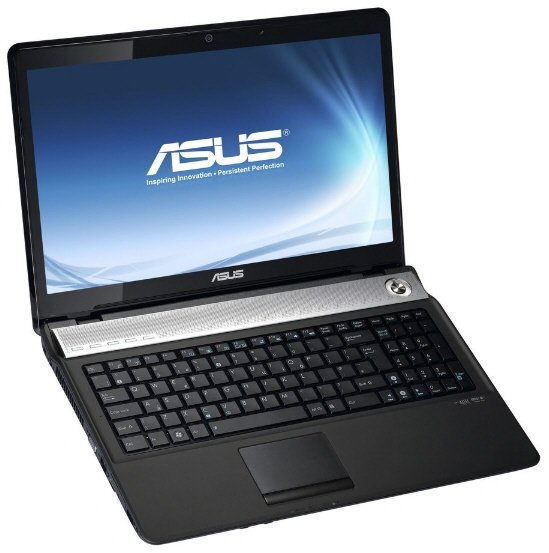
Posted on Saturday, March 27 2010 @ 9:05 CET by Thomas De Maesschalck
TC Mag
discovered ASUS will launch two Intel Calpella platform based laptops with USB 3.0 support next month, both models are expected to be available in Europe by mid-April for around 1,049EUR:
Asus has just provided the full scoop on two of its upcoming multimedia laptops based on the Calpella platform, the 14-inch N82JV-VX020V and 16-inch N61JA-JX008V. Both machines have an LED-backlit display with a native resolution of 1366 x 768 pixels and feature a 2.4 GHz Core i5-520M CPU, 4GB of RAM, a 500GB hard drive, an 8-in-1 card reader, Gigabit Ethernet, 802.11 b/g/n WiFi, Bluetooth, and a 6-cell battery.
The laptops also include a HDMI output, one USB 3.0 port (and two USB 2.0 connectors), run Windows 7 Home Premium, and are set apart by two main things, the screen sizes as already mentioned and the graphics solutions used - the N61JA comes with a Mobility Radeon HD 5730 1GB, while the N82JV has a GeForce GT 335M 1GB (backed by the Optimus technology).

